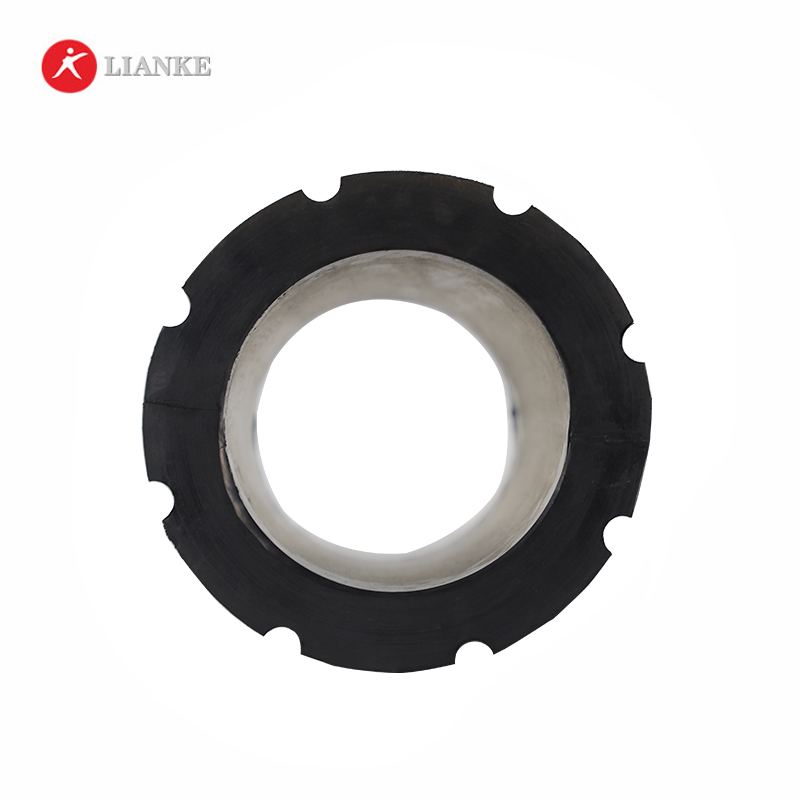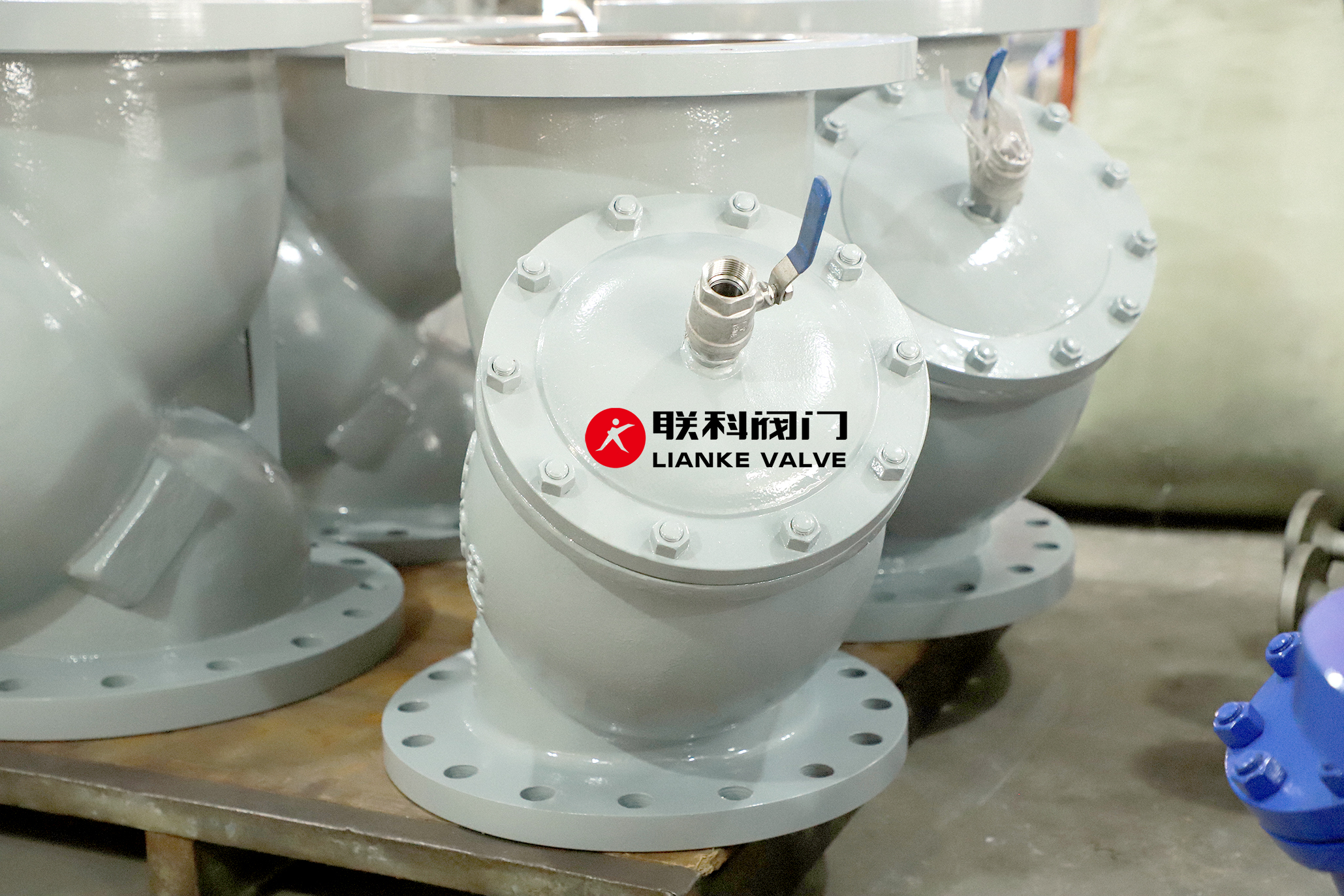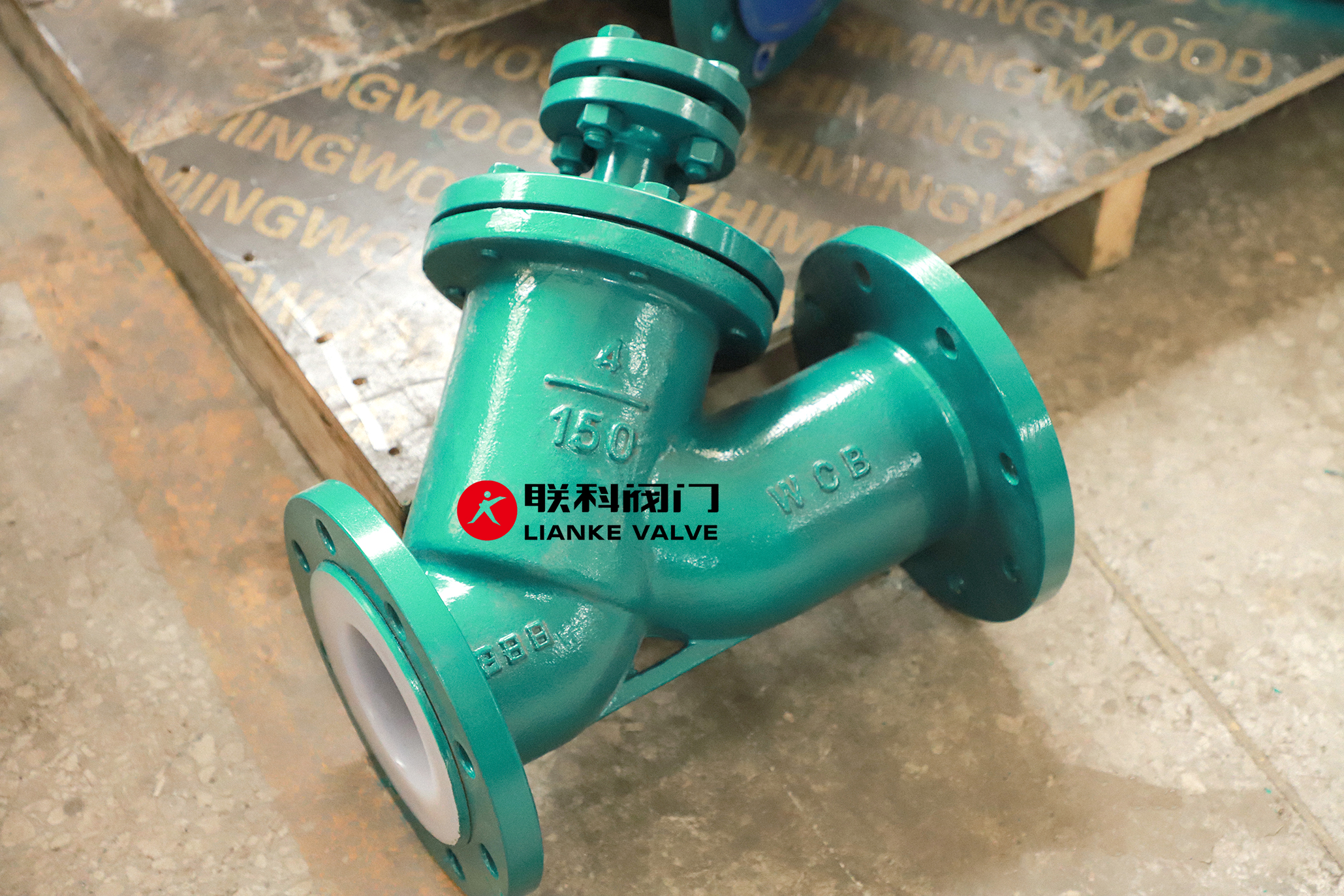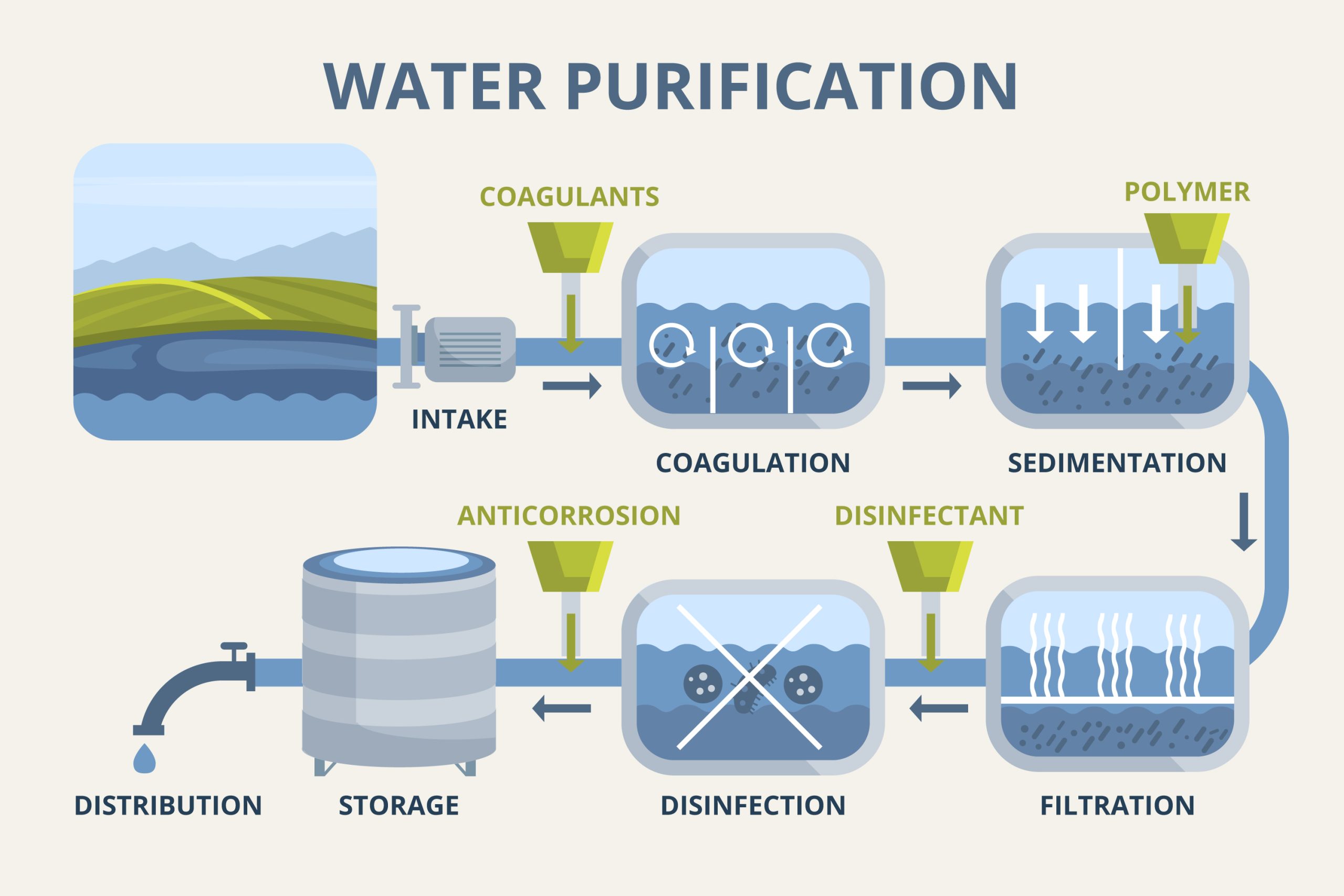

Viton and EPDM differ in their temperature range, chemical resistance, and flexibility.
In industrial applications, manufacturers often use Viton to handle fuel, oil, and high-temperature environments.
In water-based systems, EPDM makes for a better seal due to its resistance to steam and weather conditions.
Let’s take a closer look at how they compare.

| Property | Viton | EPDM |
| Temperature Range | -20°C to 210°C (-4°F to 410°F) | -45°C to 145°C (-49°F to 293°F) |
| Chemical Compatibility | Works well with oils, fuels, lubricants, and most acids | Handles water, steam, and mild chemicals but does not resist oil |
| Durability | Strong, dense, and holds up under pressure | Flexible and tear-resistant but not as tough as Viton |
| Cost | Costs more | More affordable |
Neither is universally better—it depends on the application and conditions.
For fuel, chemicals, and extreme heat, Viton is the superior choice.
For water, steam, and cold environments, EPDM performs better at a lower cost.
Viton is best for applications requiring high-temperature resistance and exposure to oils and aggressive chemicals.
It is commonly used in fuel systems, aerospace, automotive, and industrial valves handling harsh fluids.
Viton is not ideal for water-based applications, as it does not hold up well in steam or hot water environments.
It also becomes stiff and loses flexibility in cold conditions below -20°C (-4°F).
Viton is expensive and may not be necessary for applications that do not require oil or chemical resistance.
It also lacks flexibility in freezing temperatures and is not suited for water-heavy systems.
Viton resists a wide range of aggressive chemicals, including oils, fuels, and acids.
However, it does not work well with steam, water, or glycol-based fluids.
EPDM is widely used in water treatment, irrigation, and steam applications due to its resistance to water and aging.
It is also common in outdoor seals, roofing materials, and automotive weatherproofing.
While Viton and EPDM are popular choices, other seal materials are available for different applications.
Viton and EPDM seals are used in different types of valves based on material compatibility and performance needs.
Ball valves, which control flow by rotating a ball inside the valve body, often use Viton seals in oil, fuel, and chemical applications.
Diaphragm valves, which use a flexible membrane to regulate flow, typically rely on EPDM for water and steam applications.
Globe valves, designed for precise flow control, often incorporate Viton for high-pressure fuel systems and EPDM for steam-based operations.
At the end of the day, choosing the right seal comes down to what works best for your system.
Viton is built for fuel, oil, and high heat, while EPDM handles water, steam, and the outdoors.
Other options, like PTFE and NBR, fill specific needs where flexibility and durability matter most.
If you’re unsure which material fits your project, talk to a supplier or manufacturer to get the best match for your needs.

ANSI Class Ratings for Y strainer flanges tell you how much pressure and temperature the flange can handle. These ratings help you choose the right flange material and design to keep your piping system safe and efficient. If you’re installing or replacing a Y strainer in a pipeline, understanding ANSI ratings isn’t optional—it’s essential. Choosing […]

To choose the right wye strainer, you need to understand mesh and screen size. These determine what particles your system can filter out. The finer the mesh, the smaller the particles it catches. This guide explains how to select the correct strainer mesh size, use a mesh size chart, and compare mesh size vs micron […]

When choosing a filter or strainer for your system, micron ratings tell you how small the particles are that your filter can catch. In simple terms, the smaller the micron rating, the finer the filter. Whether you’re in water treatment, chemical processing, or any industry that relies on micron filtration, knowing the right micron size […]

Municipal water doesn’t just show up clean at the tap—it’s the result of a carefully managed process. The liquid filtration process for municipal water treatment plants is the backbone of safe, clean drinking water. From removing dirt and debris to eliminating harmful pathogens, each step in this system ensures water meets strict safety standards. In […]



